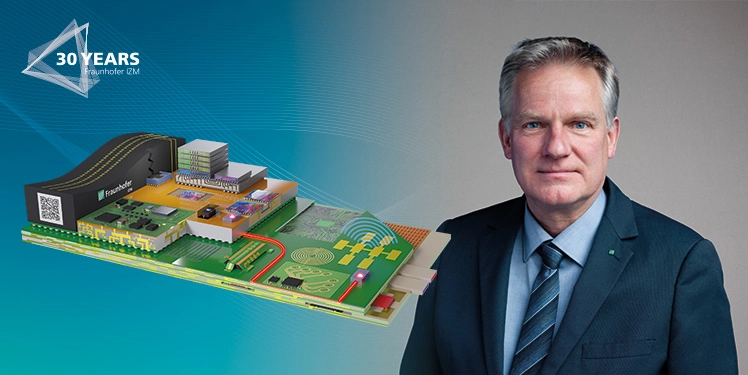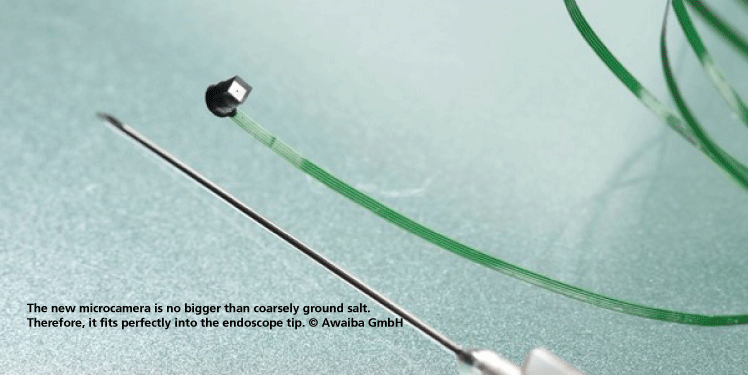Pioneering tomorrow’s microelectronics: from chiplet integration to cooling – challenges in high-end performance packaging
The future of microelectronics faces exciting developments and important trends. But how will this technological sector develop in the coming years? Which application areas will significantly drive 2.5D/3D hetero-integration and high-end performance packaging, and where are the limits of what…




